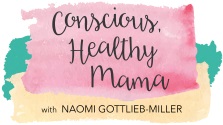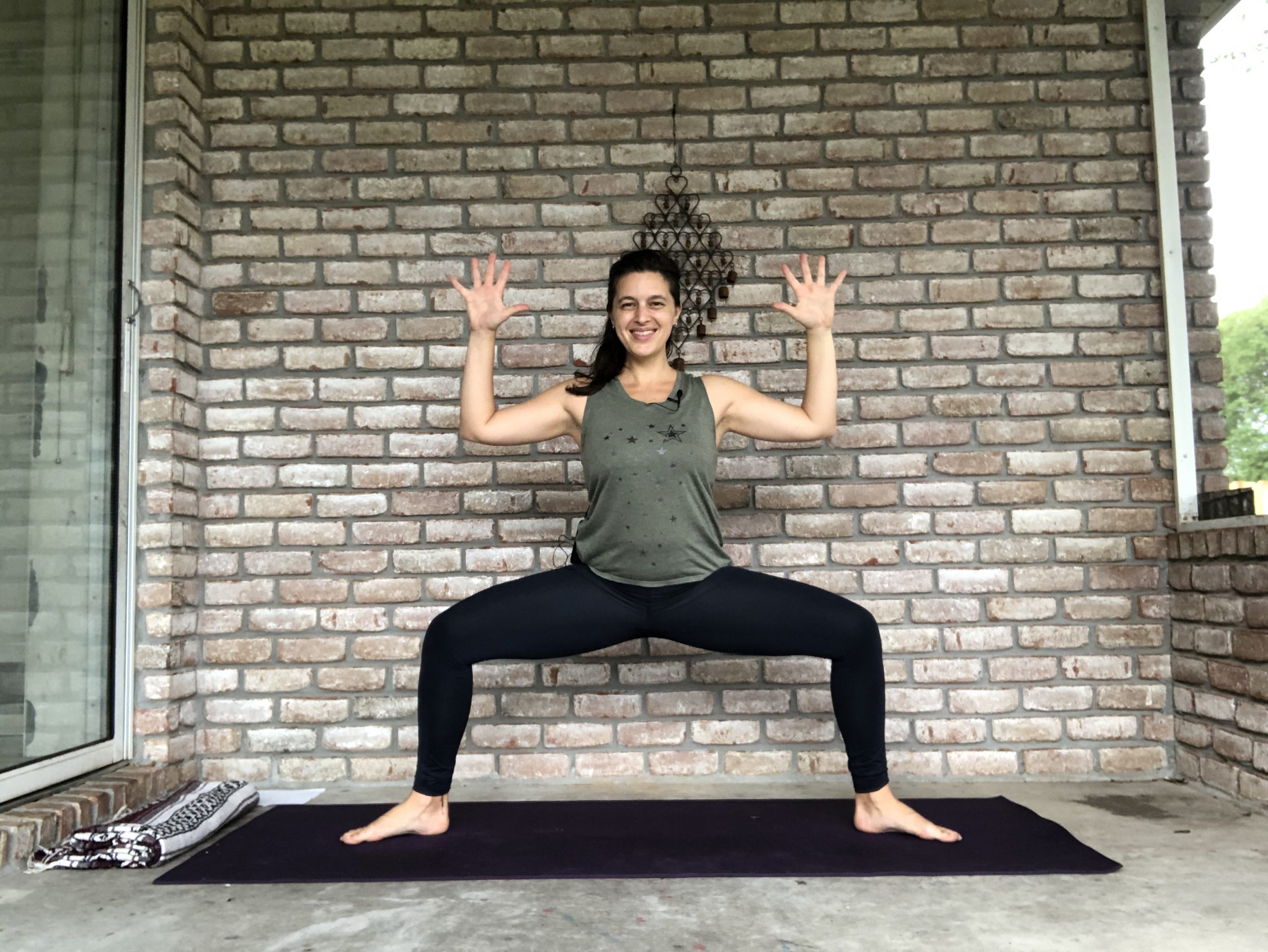When I was younger, I took my hips for granted.
I’m no contortionist, but my hips have a reasonable degree of mobility.
I could never put my leg behind my head or anything excessively fancy on my yoga mat, but I could do a lot of things easily.
As a failed ballet dancer, I hadn’t stuck around long enough to do too much damage to my hips.
Instead, I became more of an athlete.
I could squat, jump, and climb trees easily.
I could run several miles at a fast pace without having run for weeks.
Limbo was my game at parties and Bat Mitzvahs.
On my yoga mat, I could fit my legs into lotus pose without having to work too hard for it.
My hips didn’t really give me any problems and I didn’t really feel the need to do anything special for them, either.
I figured that healthy hips were my birthright (thanks mom and dad) and I wouldn’t really have to worry much about my hips until I got older.
That’s an interesting thing we do when we’re young.
I’m not sure if it’s foolishness or arrogance or a complete inability to imagine the effects of time in our bodies.
Probably it’s a combination of all of those things.
It’s also a little bit of the “How I Met Your Mother” ongoing joke — “that’s a future Naomi problem.”
There are 2 things I didn’t take into consideration.
Number 1: Having babies changes your hips
Number 2: Aging happens faster in your body than you might think
I think the biggest mistake most of us make when it comes to our hips is thinking that we can put off worrying about them until “later.”
First of all, later is sooner than you think.
Second, the assumption that you can wait until you’re older isn’t a good strategy.
Here are a couple of things to keep in mind:
Your body will age BETTER if you take good care of her, even when you’re relatively healthy.
If you are taking good care of your body — eating well, sleeping well, moving your body regularly — odds are that your body will be in better condition when you’re older.
On the other hand, if you’re taking terrible care of your body — eating junk, not sleeping or resting enough, and moving infrequently — you’re more likely to experience problems as your body ages.
If you sharpen your focus to your hips, the assumption that they’ll be just as healthy 10 or 15 or 30 years from now is only relative to how you’re taking care of them now.
One of the tests I often suggest is to see if you can stand up from sitting without using your hands and then sit back down again.
Let’s say you can do that no problem today.
But can you do it easily tomorrow?
And what are you doing to make sure you can still do it next week and next year?
Getting up from the floor without using your hands isn’t a test of your age or even the age of your hips.
It’s a test of basic hip mobility. Genetics, length of femur bones, size or weight of your body can impact it, too.
Here’s the thing most people my age don’t usually get:
If you can get up from the floor without using your hands today, there’s no guarantee you can do it tomorrow unless you are consistently working on hip mobility.
It’s a mistake to think otherwise.
Here are the basics of what your hips need to be healthy:
Strength
Stability
Mobility
These 3 things can help build endurance, resilience, and durability.
What’s really interesting when I talk to other women my age or younger is that they are entirely unconcerned about hip health.
Core strength? Hell yeah. Give me more to make my abs stronger.
Shoulder relief? Obviously. These kids are getting heavier every year.
But hip health? Nah. That’s an old person’s problem.
What most people don’t realize is that the health of your hips impacts the health of the rest of your body.
Want to engage those core muscles? It helps to have more hip mobility.
Want some shoulder relief? It helps to be able to hold yourself upright with ease.
Want to maintain your balance while a wiggly child is trying to wrest themselves from your arms? A little hip stability work will help you there.
Want to be able to move your sleeping children from the couch to their bed? That’s strength from your hips, friend.
Want to have better sex? That requires honest conversations with your partner. And definitely some hip mobility work, too.
The biggest mistake we can make is thinking that healthy hips are something we only need to worry about when we start taking advantage of senior discounts at movie theaters.
And assuming that what we have now is enough for having healthy hips when we’re older.
The good news is that it doesn’t take much to increase and maintain good hip health. You don’t need hours of yoga everyday or to start lifting your bodyweight at the gym.
You just need 10-15 minutes a day (tops) to target specific areas using specific actions.
Here are 3 things you can do everyday to increase your hip health:
Mobility:
Do hip circles. You can do these standing or on your hands and knees or even lying on your side. All you have to do is bend one knee and move your leg in a circle, going both directions. The action should come from your hip — not your knee or foot.
You can also do hip swings, basically swinging one leg forward and back while balancing on the other.
Stability:
Stand on one leg — you can hold onto a wall or chair if balance is a big issue. Move the other leg out to the side, then back in. Repeat this a few times. Up the ante by adding a resistance band around your shins.
You can also add variability of movement, taking the lifted leg in front and behind the standing leg.
Strength:
Stand on one leg and lift the opposite leg up, with knee bent (again, you can use a wall or chair for balance support if need be). Extend the lifted, bent leg straight without bending your standing leg or swinging your hips forward. See how long you can hold it.
If you’re interested in impacting your hip health in the longterm, I created something just for you. Check out my Yoga for Healthy Hips course. This 6-week course will help you build hip strength, increase your hip mobility, and improve your hip stability through a series of simple, short, and effective practices.



